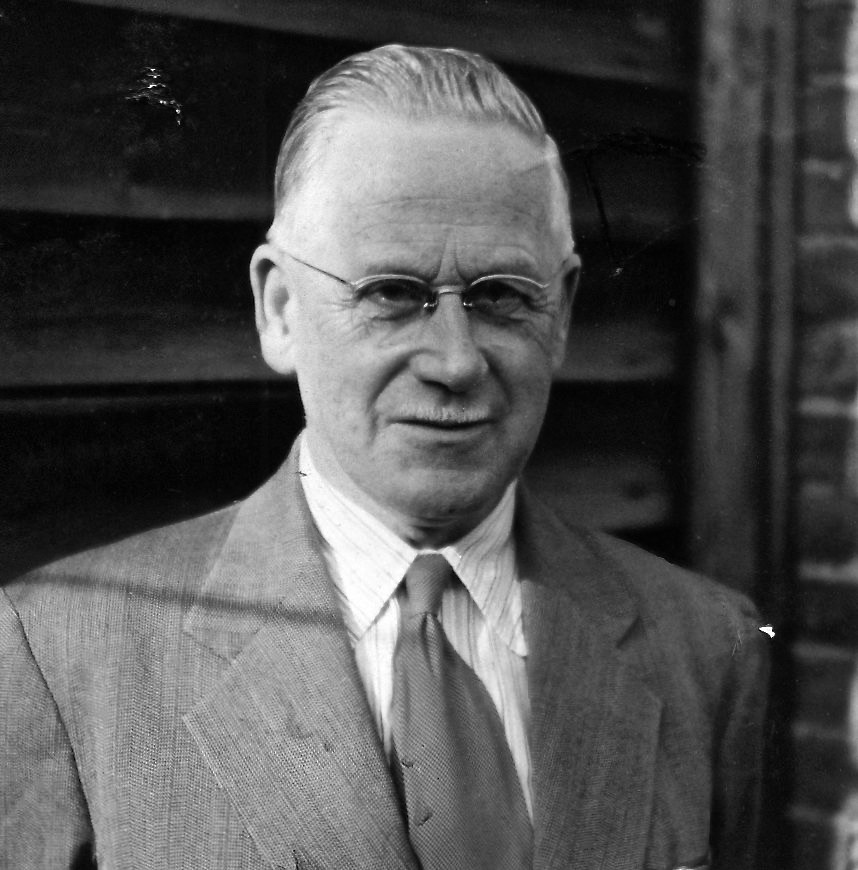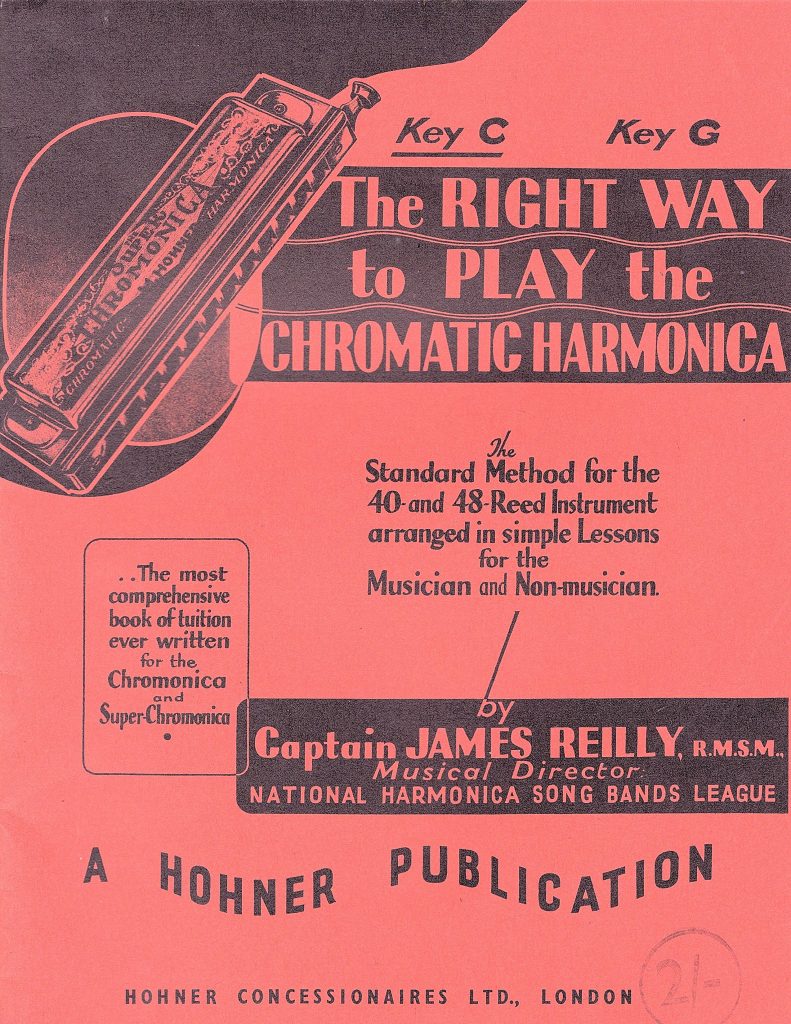Finally, it is possible to study for a music degree. This is thanks to Gianluca Littera who has designed a syllabus for chromatic harmonica at a Music Conservatory in Rome, Italy – see end for more details.
This has been wanted for a long time and here is a summary of what I think has been tried in the past.
When Hohner established its first London headquarters in 1930, the new Managing Director, Dr Otto Meyer, realised that clubs and tuition were necessary to grow the two main sides of the business, accordion and harmonica. In 1935 he set up what became known the British College of Accordionists which produced the first draft of the BCA syllabus, now recognised as the standard of accordion achievement. Although it was discussed, no formal educational course was set up for the harmonica despite the recruitment of Captain James Reilly as Musical Director, the publishing of many tuition books and the establishment of a music school in Trossingen, Germany.
To award degrees three things are needed – an agreed syllabus, qualified teachers, and independent, respected examining body. In the UK, discussions with music colleges were unsuccessful. There is still no grade system for harmonica like those for piano, guitar etc… This may be a reason why the harmonica is often thought of as an inferior instrument or toy by other musicians.
Several exceptional students have been granted degrees by top Music Schools, after completing their normal study courses, but harmonica teachers have had to be co-opted to provide the teaching and evaluation required. Philip Achille graduated from the Royal College of Music in London, and Filip Jers graduated from The Royal Academy of Music in Stockholm. Some harmonica players have been able to participate in courses which focus on the music being studied, such as jazz, rather than the instrument.
There have been other attempts to establish a formal education process on a more permanent basis. In 2005 the National University of Singapore Centre for the Arts launched the world’s first examination system for the study of chromatic harmonica with Yasuo Watani and Douglas Tate as examiners. This included distance, online assessment for the lower levels and in person examination for the higher levels. Unfortunately, this was stopped after a few years.
In recent years the development of the Internet has resulted in many uncontrolled teaching sites springing up, especially for diatonic harmonicas. This has been useful for beginners and for improving performance, but few have established any formal examination standards. Dave Barrett is probably the most established with his Levels of Achievement system. Rock School Ltd (RSL) have shown an interest in extending their teaching activities to instruments like the harmonica.
I am aware of two recent attempts to set up a university course for chromatic harmonica players. In 2022, Dr. George Miklas announced a brand-new course at the University of Lynchburg, USA, where college students can now study the harmonica for an applied music credit.
The most comprehensive approach I have seen is a degree course for chromatic harmonica players running at the Conservatory of Santa Cecilia in Rome, established and directed by Gianluca Littera. You can learn more about Gianluca, the syllabus and how this was developed by reading my blog page about it.







